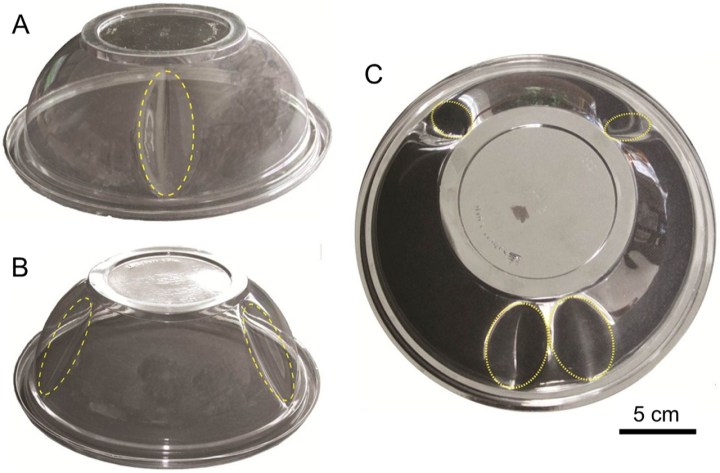
Why carry around a tome when you can carry around just a few pages? That seems to have been the question that launched the latest innovation in Braille, which should help to reduce the size and weight of books for the visually impaired. Researchers at the Harvard John A. Paulson School of Engineering and Applied Sciences (SEAS) have created a so-called reprogrammable Braille — it’s described as “a framework to encode memory, in the form of Braille-like dimples and bumps, onto a blank, lattice-free material.” In essence, this material is as dynamic as the words it can contain, changing as needed to reflect new text.
The design is surprisingly simple. First, there’s a thin elastic shell that is compressed on each end. Next, a stylus is used to create simple indentations, much in the same way that a traditional Braille book might be printed. The shell keeps these indentations where they were even when the force is no longer applied. But once the shell is stretched back out to its original position, those indentations disappear.
“We show how an otherwise featureless curved elastic shell, when loaded appropriately, can store elastic bits (e-bits) that can be written and erased at will anywhere along the shell,” said L. Mahadevan, the Lola England de Valpine professor of applied mathematics at SEAS and senior author of the study. “This system could serve as the basis for small-scale mechanical memories.”
This new material marks the first time that scientists have proven that mechanical memory is possible in a system without any inherent lattice. Moreover, researchers say that their method can be used on any scale — whether it’s one-atom-thick graphene or paper, you should be able to use this technique to create reprogrammable Braille. If implemented correctly, this could turn Leo Tolstoy’s War and Peace from a massive 21 Braille volumes into just a few pages.
“Simple experiments with cylindrical and spherical shells show that we can control the number, location, and the temporal order of these dimples which can be written and erased at will,” Mahadevan added. “This paper is a first step in showing that we can store memories. The next step is to ask if we can actually compute with them.”


